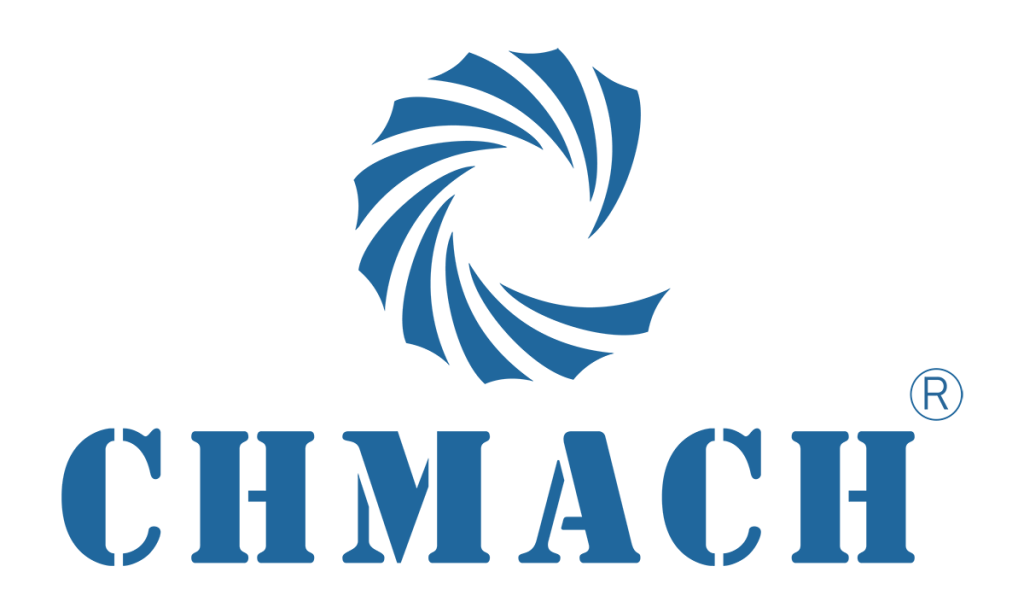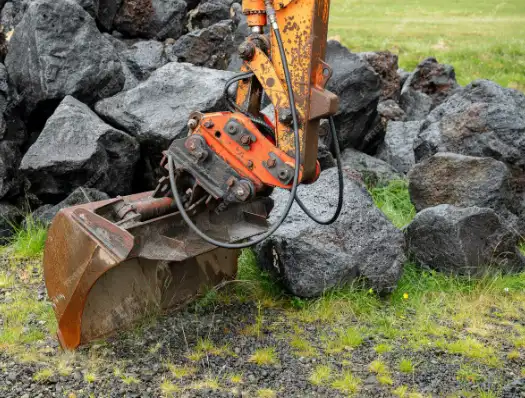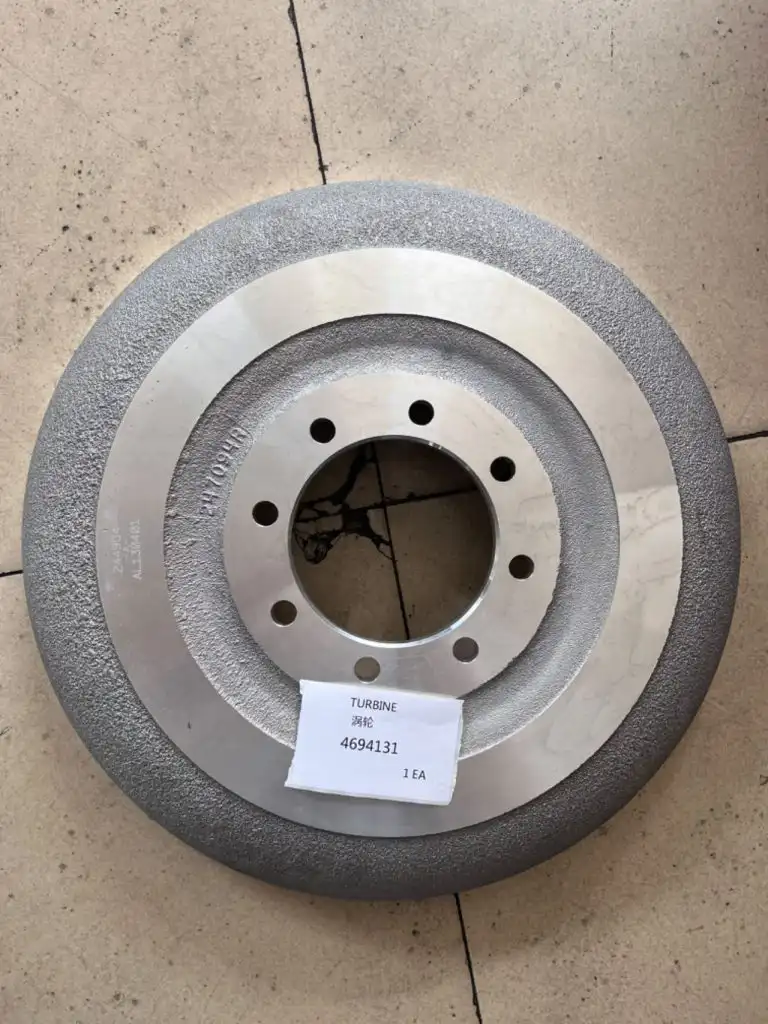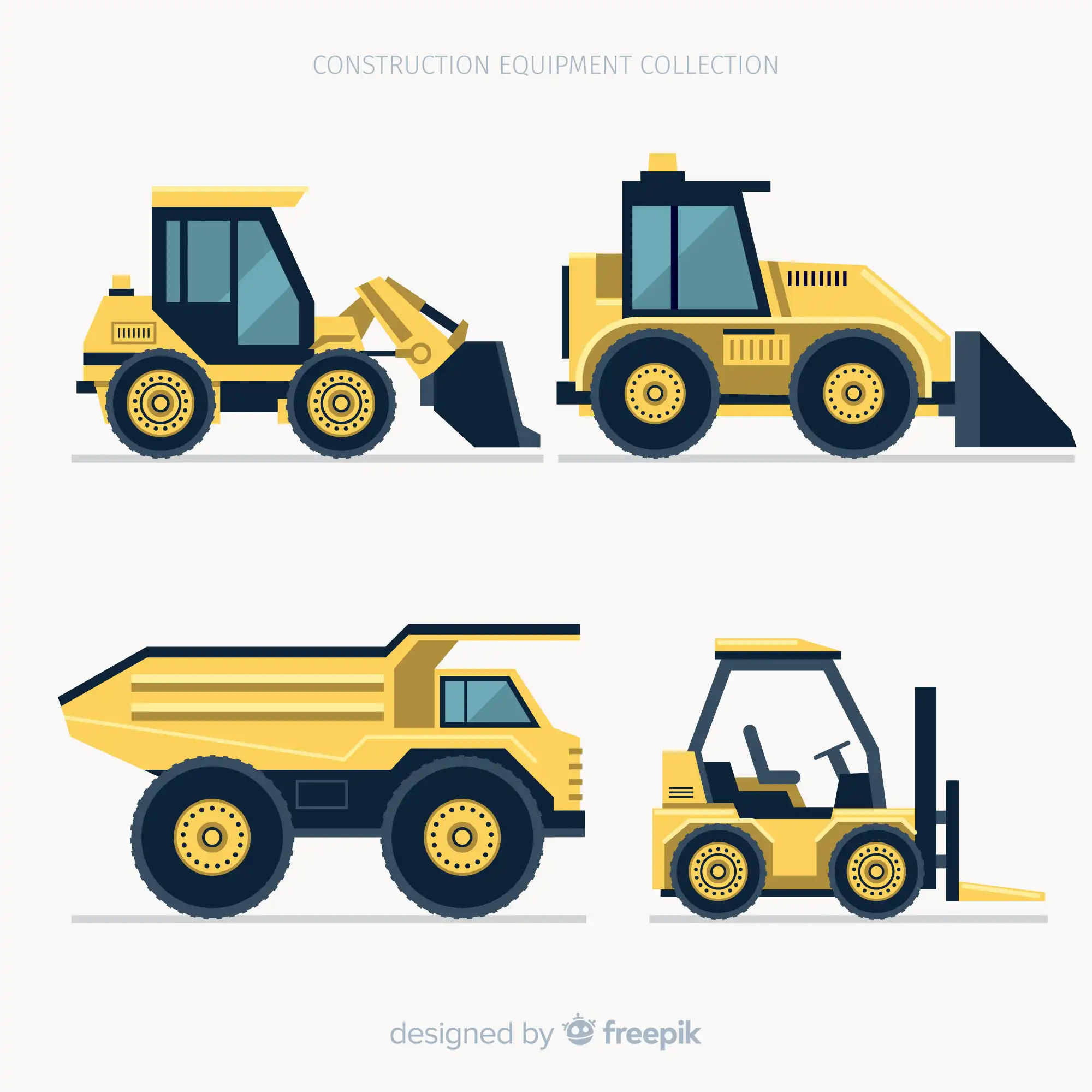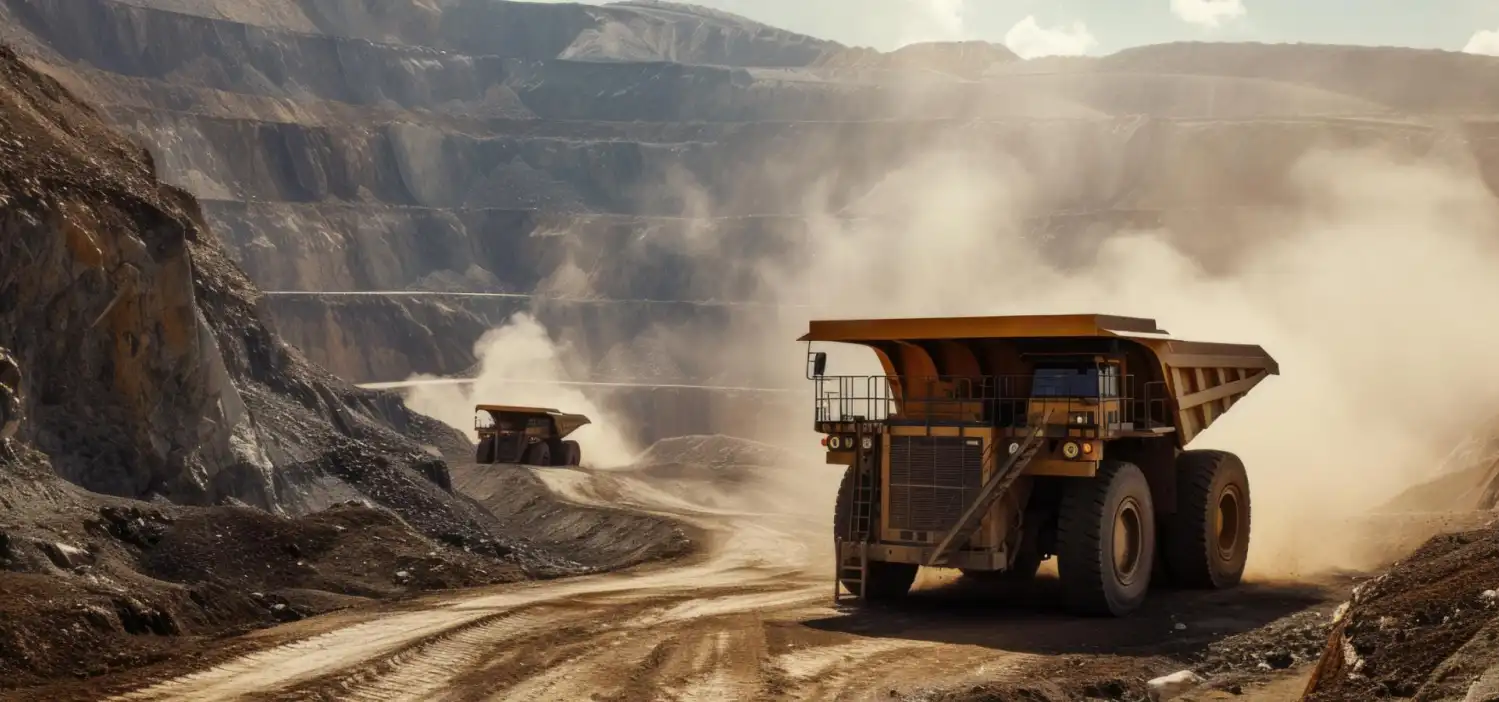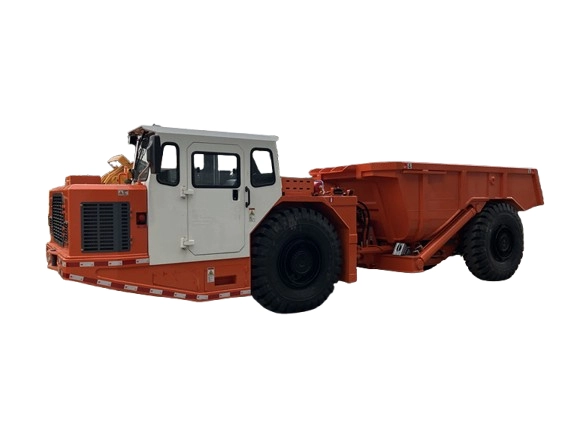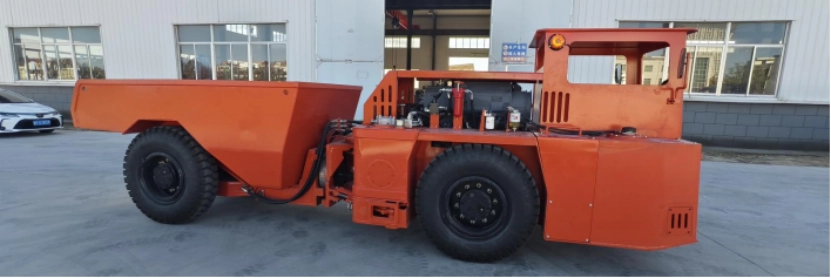What Are the Key Daily Inspection Steps for an Underground Rock Breaker?
Looking over the machine every day is the best way to stop sudden breakdowns. A planned list makes sure important parts like hydraulic hoses, greasing spots, and mounting bolts stay in top shape. This stops small troubles from turning into big, costly repairs.
Checking Hydraulic Hoses and Connections for Leaks or Wear
A close look is needed: You really must check the rock breaker for any damage after each use. This means looking at the hydraulic hoses closely for splits, scrapes, or drips. Hydraulic hoses need careful checking: Ensure the hoses coming from the digger are the right length and always placed correctly. Wrong placement can make them rub or catch on things below ground.
Monitoring Oil Levels and Lubrication Points
Check the hydraulic oil amount daily. This keeps the machine working smoothly. Too little oil can cause air bubbles and overheating. Also, workers must look at every greasing point. Adding grease often is very important. It helps oil the tool bushing area and clears away dirt.
Inspecting Tool Retainer Pins and Bushings
Pins, bushings, and tool holders face huge stress during work. Checking the wear on the chisel, bushes, and chisel pin often is crucial. Too much wear on the bushes and chisel can harm the chisel head and the piston inside. Any bending or too much wobble needs fixing right away.
Verifying Mounting Hardware Tightness
Constant shaking can loosen bolts and nuts over time. The hydraulic breaker is strong pounding gear. Its bolts and nuts can become loose easily. This causes heavy harm to many internal parts. Checking bolt tightness with a wrench should be part of every daily check.
Yantai Chi Hong Machinery highlights that bad care in these spots leads to early failure. Their underground rock breakers, such as the CHSJ-500, are built for easy reach to service points. This lets all daily checks happen from ground level.
How Can Proper Lubrication Improve Performance and Longevity?
Good greasing cuts down rubbing, lessens wear, and makes parts last longer. Picking the right grease, sticking to a tight greasing plan, and not using too much or too little are key for top results.
Selecting the Right Type of Grease for Underground Conditions
Choosing grease that works well below ground is vital. It must resist being washed away by water and stay useful under heavy loads. Always use the grease type the original maker suggests.
Establishing a Routine Greasing Schedule
Ideally, greasing should happen every one to two hours. This lowers buildup and wear on the tool and bushings. Doing it this often gives constant protection against damage from rubbing.
Avoiding Over-Greasing and Under-Greasing Issues
Adding grease before putting the breaker in place right can harm seals or even cause a serious breakdown. Too little grease might make the bushings overheat, stick, and damage tools. Doing it the proper way matters just as much as how often you do it.
Yantai Chi Hong Machinery’s gear uses grouped greasing systems where possible. This makes it simpler for workers to grease regularly without taking parts apart too much.
Why Is Monitoring Hydraulic System Health Crucial?
A well-kept hydraulic system gives steady power and stops overheating. Regular fluid checks, pressure watching, and cooling system looks help avoid lost power and early part failure.
Analyzing Hydraulic Fluid Quality and Contamination
Dirty hydraulic fluid can ruin seals and lower system pressure power. Workers should check fluid clearness often using dipsticks or sight glasses.
Maintaining Correct Operating Pressure Levels
Hydraulic pressure must fit the job. Keeping the right nitrogen pressure in the rock breaker head cap and accumulator is essential. This depends on the specific job and the outside temperature.
Preventing Overheating Through System Cooling Checks
Overheating makes hydraulic fluids break down. This is a usual trouble in underground mining places. Looking after cooling systems makes sure your gear runs well without overheating dangers.
Yantai Chi Hong Machinery builds cooling-efficient designs into their underground rock breakers like the CHSJ-500. They have strong engine cooling systems made for tight spaces.
How Does Timely Replacement of Wear Parts Affect Equipment Life?
Worn chisels, bushings, and seals put extra strain on nearby parts. Changing them fast with original maker parts ensures they fit right and are dependable. This stops costly breakdowns and stretches the machine’s working life.
Identifying Signs of Worn Chisels, Bushings, and Seals
Noticeable cracks on chisels or deep marks on bushings show wear. Losing power, like weaker hitting force, also points to internal wear.
Understanding the Impact of Delayed Component Replacement
Putting off replacement adds strain to nearby parts like pistons or cylinders. Too much wear on bushes and chisels can harm the chisel head and piston.
Using OEM Parts to Ensure Compatibility and Reliability
Parts not made by the original maker might not fit perfectly. This leads to poor installation or faster wearing out. Yantai Chi Hong Machinery supplies original spare parts through their after-sales setup. This guarantees they fit models like the CHSJ-500.
Yantai Chi Hong Machinery offers spare parts consignment services. This lets clients get important parts fast, cutting down stoppage time when parts fail.
What Role Does Operator Technique Play in Maintenance?
Good operator teaching cuts down wrong use and reduces unnecessary wear. Best methods, like correct placing and not prying, boost work speed while shielding the breaker from avoidable harm.
Training Operators on Proper Usage Practices
Operator instruction is a must. Workers should learn how to position the rock breaker well. This boosts output and lowers stress on the attachment and digger. Wrong use often comes from not knowing, not from carelessness.
Avoiding Common Misuse That Leads to Premature Wear
Never use the rock breaker like a ‘lever’ or drop it onto something meant to be broken. This can harm both the digger and its rock breaker tool. Also, avoid working non-stop on one spot. This causes hot spots and early wear.
Recording Operational Data for Predictive Maintenance Planning
Writing down usage hours, hit counts, and oil temperature changes helps guess failures before they happen. This allows for planned upkeep methods.
Yantai Chi Hong Machinery backs operator teaching through its 421 Housekeeper Action plan. This includes two sessions on technical use per warranty period. It ensures workers handle gear like the CHSJ-500 correctly from the start.
Who Is Yantai Chi Hong Machinery Co., Ltd. and Why Are They a Trusted Supplier?

With over 12 years of know-how in underground mining gear, 烟台 驰鸿机械 joins tough engineering, ISO-approved quality, and great after-sales help. They deliver solid answers like the CHSJ-500 rock breaker.
烟台驰鸿机械有限公司的概述
Yantai Chi Hong Machinery Co., Ltd. has grown steadily in the underground mining field for 12 years. They cover everything: making, research, selling, and service. All under ISO9001:2015 quality management system approval.
Specialization in Manufacturing Underground Rock Breakers
The CHSJ-500 Breaker is a self-moving, diesel-run unit for hydraulic breaking in underground mining. It has FOPS/ROPS-approved cabins for worker safety. It also gives easy access for care jobs.
Commitment to Quality, Durability, and After-Sales Support
The company gives free fixes (not for human error) for quality troubles within 12 months after delivery. They also offer 24-hour hotline help through their “247 Rest Assured Project”.
Global Client Base and Industry Certifications
With CE approvals and ISO standards, Yantai Chi Hong stands as one of China’s top providers. They shine brightly in world markets thanks to their tough engineering and quick service support.
Summary of Key Maintenance Strategies
Daily checks focusing on hydraulic health; steady greasing using the right grease; watching fluid quality; changing worn parts quickly; teaching operators—all help greatly in making your underground rock breaker last longer. They also keep it working best under the tough conditions found in mining places. This is where gear like Yantai Chi Hong’s CHSJ-500 series answers work well.
FAQs About Underground Rock Breaker Maintenance
How often should I inspect my underground rock breaker?
Do a visual look-over after every use. Focus on hydraulic hoses, pins, bushings, tool tips, and mounting bolts. Daily checks stop unexpected stoppages.
What type of grease should I use for lubrication?
Use the high-pressure grease the original maker suggests. It should work in wet underground spots. Avoid common substitutes that might not handle the working heat.
Can improper operation void my equipment warranty?
Yes. Wrong use, like prying rocks with chisels or bad greasing steps, can cause failures not covered under the warranty.

